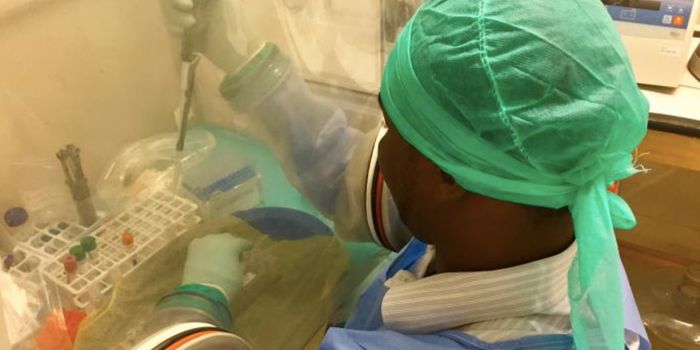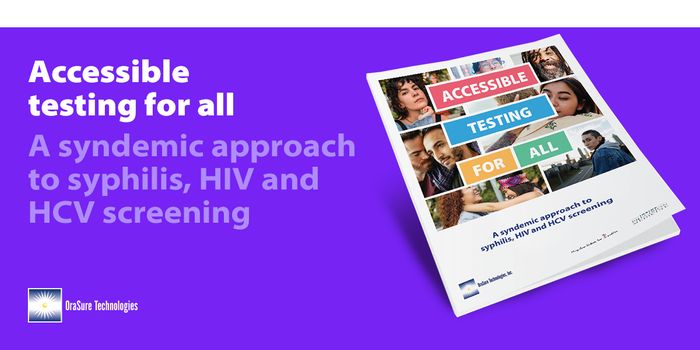eRapid: molecular diagnostic power in the palm of your hand
We’ve heard lofty biotech promises in the news of being able to diagnose diseases from a single drop of blood. Yet, diagnostic procedures for the majority of diseases still require lab-based techniques run by trained experts.
Scientists at the Wyss Institute for Biologically Inspired Engineering at Harvard University believe their new handheld electrochemical device, called “eRapid”, is capable of performing where other attempts at portable diagnostic devices have fallen short.
eRAPID: a Platform for Portable Diagnostics from Wyss Institute on Vimeo.
In the latest issue of Nature Nanotechnology, researchers Jonathan Sabaté del Río and colleagues describe a highly sensitive and inexpensive device that uses nanomaterial-coated sensors to pick up traces of disease biomarkers in biological samples.
The problem with existing technologies, such as glucometers used to quantify glucose levels in diabetics’ blood, is that over time, biological material from the sample can start to coat the sensors, rendering them inactive.
One way to impede this process, known as “biofouling”, is to coat sensors with various antifouling materials. However, this approach has proven to be an uphill battle for manufacturers of diagnostic devices, due to issues with consistency.
To tackle this challenge, the Wyss Institute engineers used a porous matrix of negatively-charged proteins as a coating, linked to the electrochemical sensors. This nanomaterial coating acted as a filter to keep positively-charged proteins in the blood from binding to the electrodes and blocking their action.
The difference this made to eRapid’s performance was impressive. Without the coating, sensors exposed to blood samples fizzled out in their ability to conduct signals within a day. On the other hand, coated sensors retained more than 90 percent of their sensitivity despite being immersed in a blood sample for a month.
Further testing revealed eRapid was capable of detecting diagnostic biomarkers with remarkable sensitivity: sensing up to a trillionth of a gram of these molecules within a single milliliter of blood.
What does the future hold for these next-generation diagnostic devices? By stacking multiple sensors in a single device, the inventors foresee eRapid becoming a widely-used portable, low-cost platform for clinical diagnostics and environmental testing alongside other applications. According to the authors, we can expect to see this potentially life-saving technology used everywhere from emergency situations to routine home care.
Sources: Harvard News, Nature Nanotechnology.
Photo credit: Wyss Institute at Harvard University









